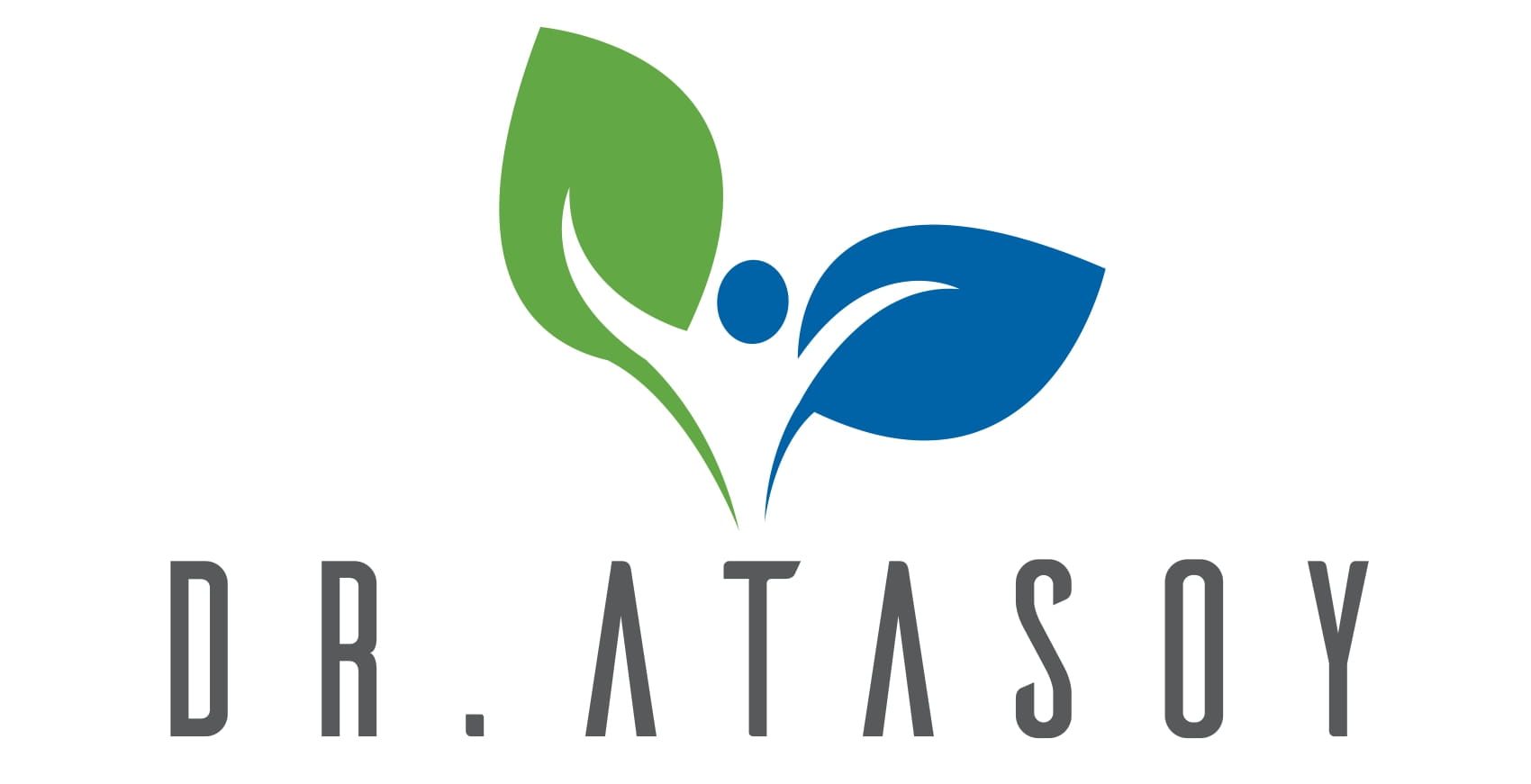Thyroid nodule, which is mostly due to iodine deficiency, is a health problem defined as the detection of a lump or mass in the thyroid gland. These tissues, which are evident in the thyroid gland, are more viscous, oval or spherical in shape. Benign malignant or malignant (malignant) nodules can vary in various sizes from millimeters to centimeters. Non-surgical methods can be applied for the treatment of benign thyroid nodules. However, especially the follow-up and treatment of masses at risk of cancer is very important for the course of the disease.
Which Treatment is Suitable for Which Nodule?
Several new non-surgical methods have been developed for the treatment of benign thyroid nodules. These are; laser ablation, microwave ablation, radiofrequency (RF) ablation and alcohol ablation. Priority for treatments in thyroid nodules is determined by the specialist whether the lumps are solid or cystic (fluid-filled). Then, according to the condition of the nodule, the most appropriate non-surgical method is determined and a treatment plan is created.
Laser Ablation
Ablation methods, which cause the death of cells with high temperature, were first used in 2002 for the treatment of thyroid nodules. Laser Ablation procedures performed under local anesthesia are the most commonly applied ablation methods in benign solid thyroid masses in the last 20 years. Laser Ablation or RF ablation is performed to treat all nodules that secrete hot thyroid hormone and do not secrete cold hormones.
Microwave Ablation
Microwave ablation is a treatment method that ensures the destruction of thyroid nodule cells larger than 5 cm by heating. It is used for the treatment of benign tubers in a very short time. It is also used in the treatment of very early stage thyroid cancers and thyroid cancers that recur in the neck. However, this method can be performed as an alternative procedure if the patient is not suitable for surgery.
Radiofrequency Ablation
Radiofrequency ablation, which is among the treatments in thyroid nodules, destroys the mass tissue by heating it as in other ablation methods. However, radiofrequency has become more common in the last 10 years for the non-surgical treatment of benign thyroid nodules. In the treatment of cystic nodules, first of all, ethanol ablation method is applied. However, radiofrequency can be performed in the second session of cases where the desired success cannot be achieved with this treatment. However, in solid tubers, radiofrequency is preferred first. In addition, thyroid nodules below 5 cm can be easily treated with radiofrequency ablation. It is primarily a preferred method as a safe method because it gives a more controlled energy than laser ablation and microwave ablation.
Alcohol Ablation
Alcohol ablation, which has been applied since 1990, is the first chosen and most commonly applied non-surgical treatment method of cystic benign thyroid nodules today. The success rate in the treatment of solid nodules is also quite high. The mass to which alcohol ablation is applied loses tissue vitality and begins to shrink over time. But alcohol needs to be fully spread on each side of the tuber. Therefore, the procedure should be performed by a specialist doctor.
To summarize; thyroid nodules can be treated painlessly, without any wounds and incisions. Thanks to these new modern non-surgical methods, cells can be destroyed or destroyed. After thyroid nodule treatment methods, patients can immediately return to their normal daily lives. In addition, one of the biggest advantages is that patients do not need to use synthetic thyroid hormone for a lifetime after applications. For this reason, among the treatments in benign thyroid nodules, non-surgical methods are the most preferred in recent years.

